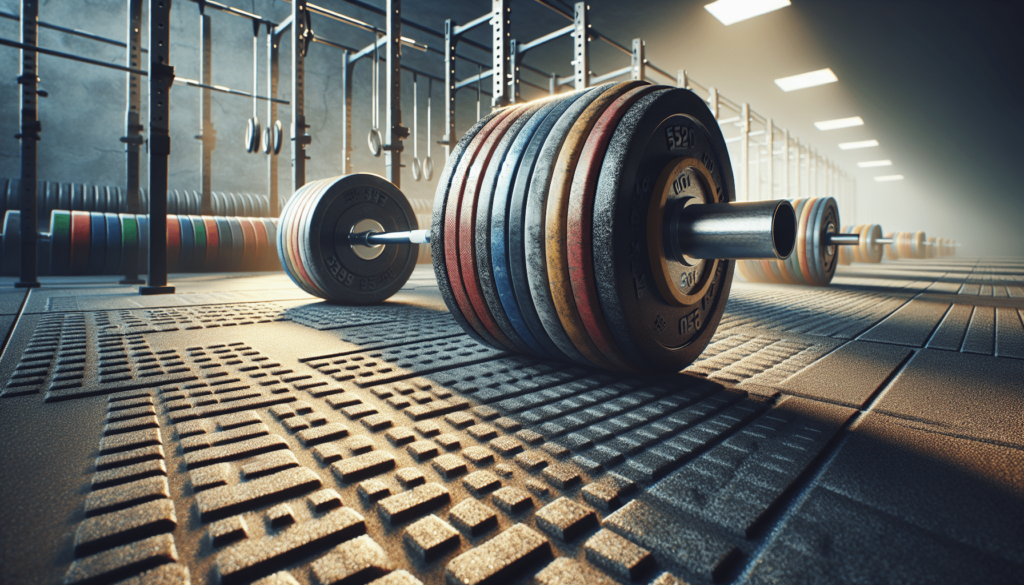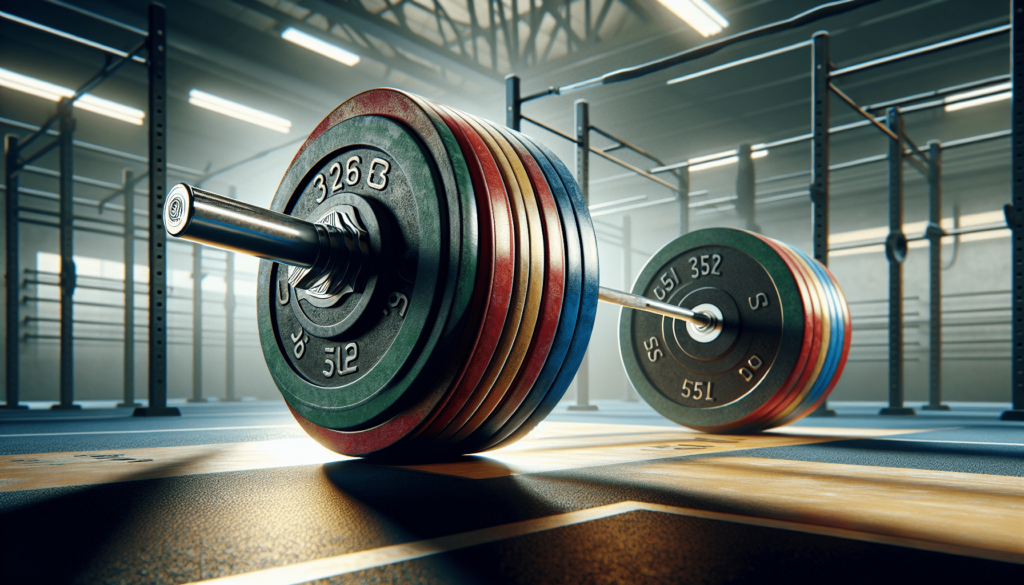Have you ever woken up one day and thought to yourself, “I wish I could lift weights like an Olympian!”? If so, you might need a stronger pillow or, more likely, you’ve stumbled into the wild and wonderful world of Olympic lifting. But fear not! You’ve landed in just the right spot to learn how to lift like a champion, without accidentally catapulting your cat across the room. Olympic lifting is a bit like dating; it requires precision, patience, and a good sense of humor when you inevitably find yourself in bizarre positions.

The Basics of Olympic Lifting
So, what exactly is Olympic lifting, besides an excellent way to make your muscles scream and your neighbors suspicious of your home activities? Olympic lifting is a form of weightlifting that involves two specific lifts: the snatch and the clean and jerk. They’re not as risqué as they sound, promise!
The Snatch: A Marriage of Grace and Power
Snatching isn’t about stealthily slipping cookies from the jar but rather about lifting a barbell from the ground to overhead in one fluid motion. Think of it as the ballet of weightlifting, except you’re impressing judges who are more interested in how much you can lift than how well you can twirl.
The Clean and Jerk: More Than Just a Funky Dance Move
As for the clean and jerk, it’s a two-part move that involves lifting a barbell to your shoulders (the clean) and then thrusting it overhead (the jerk). Yes, the name does sound like a retro dance step your parents embarrassingly tried to teach you, but in reality, it’s an explosive display of strength.
The Gear: Suited Up and Ready to Lift
Before you start hoisting heavy objects, you’ll need the right gear. Olympic lifting is not a fashion show—although some might argue otherwise—but certain equipment can help prevent injuries and make the experience slightly less terrifying.
Shoes: The Magical Lifting Slippers
First up, your shoes. You might think any old pair of sneakers will do, but, like trying to wear flip-flops on a rollercoaster, you’d be wrong. Olympic weightlifting shoes have a raised heel to help you maintain better form and stability. Plus, they’ll give you an extra inch, which is handy if you’re feeling Napoleon-esque.
Weightlifting Belt: Hug Your Guts Snugly
A weightlifting belt is like a corset, but for your internal organs. It helps support your back and core, giving you the confidence to lift heavier weights without the pesky fear of your spine shooting out like a Champagne cork.
Chalk: More Than Just Classroom Annoyance
Chalk helps you grip the bar, ensuring it doesn’t slip out of your hands and fly across the gym like an unintentional javelin. It’s messy, so phones might hate you, but your inner weightlifting Picasso will love smearing this all over your hands.
The Techniques: Lift Like You Mean It
Now that you’re geared up like a savior of the planet about to enter an underground fight club, it’s time to learn some techniques. In Olympic lifting, technique trumps raw strength, much like how tenacity beats a fear of brussels sprouts.
Timing is Everything: Wait For It
Lifting weights isn’t just about brute force; it’s a symphony of timing and coordination. You’ve got to know when to explode with power and when to let gravity gracefully deliver the bar back to the floor. Patience, young grasshopper. Avoid letting your arms do the work, when they should only focus on holding the bar while your body does the rest.
The Magic of the Hook Grip
The hook grip might sound like something from an angling show, but it’s actually a critical aspect of Olympic lifting. By wrapping your thumb around the bar and your fingers around your thumb, you create a “hook,” ensuring a more secure and stable grip. Think of this as the secret handshake of the Olympic lifting club.
The Warm-up: Not Just for the Birds
Before you start heaving hefty hunks of metal above your head, remember that a proper warm-up is a friend and not just a waste of time. Warm-ups prevent injury and allow you to perform at your best, like a well-caffeinated morning routine.
Dynamic Stretches: Wiggle and Jiggle
Dynamic stretching is a great way to get your muscles moving and ready for the big show. Perform exercises like leg swings, arm circles, and torso twists. You’ll feel silly, but it keeps you limber as a Cirque du Soleil performer.
Mobility Drills: Stretch Like a Rubber Band
Remember the last time you tried to squeeze under the bed to fetch something? Mobility is crucial, as it enhances your ability to move freely through the lifts. Focus on your hips, shoulders, and all those bits you never knew needed to bend so much.

The Common Mistakes: Don’t Be That Person
You’re now moving towards becoming a weightlifting wizard, but you’ve still got to avoid these blunders that might make you look like a spectating seagull at a chess match.
Too Much, Too Soon: Start Small, Dream Big
Rome wasn’t built in a day, and your Olympic lifting success won’t be either. Avoid the temptation to load the bar with an absurd amount of weight at first. Start light, nail the form, and work your way up to lifting small vehicles efficiently.
Ignoring Form: The Slippery Slope to Snap City
While it’s tempting to focus solely on lifting heavy objects above your head like a superhero in training, maintaining proper form prevents injury and ensures long-term growth. Remember, technique, not timeliness!
Skipping the Recovery: You Are Not Invincible
Just because you lifted like a champ one day doesn’t mean your body is ready for an Olympic marathon the next. Recovery is crucial, so embrace rest days and avoid turning into a gym zombie.
Training Programs: Your Roadmap to Lifting Glory
Develop a roadmap to success by following the appropriate training programs that suit your experience level. Craft a plan that allows you room to grow without jumping from point A to hypothetical Z.
Beginner Program: Welcome to the Lift League
Your beginner program should introduce you to the lifts while emphasizing technique and gradual progression. Train no more than three times a week to give yourself adequate time to recover, and keep the weights light.
Intermediate Program: Know Your Way Around the Barbell
As you become more comfortable with the exercises, you can increase training frequency, weight and start focusing on higher volume work. Pay close attention to your form to maximize gains and minimize strain.
Advanced Program: The Master of Lifting Crafts
Once you’ve graduated to lifting with the big boys and girls, your program can include specialized drills like pause snatches and heavy squats. Just remember to take every ego and put it in a lockbox during training to continue growing without reaching a plateau.
In Conclusion: Your Journey to Olympic Lifting Awesomeness
As your Olympic lifting journey progresses, celebrate your victories, big or small, and learn from your blunders, which will surely be plentiful. Remember, in the end, this fantastic sport should be fun and challenging, a quest to discover just how powerful you really are—without turning your living room furniture into roadkill. Keep lifting, laughing, and aiming to hoist that barbell higher each time. Maybe one day, you’ll reach Olympic-level prowess, but first, maybe see about getting that more robust pillow!
